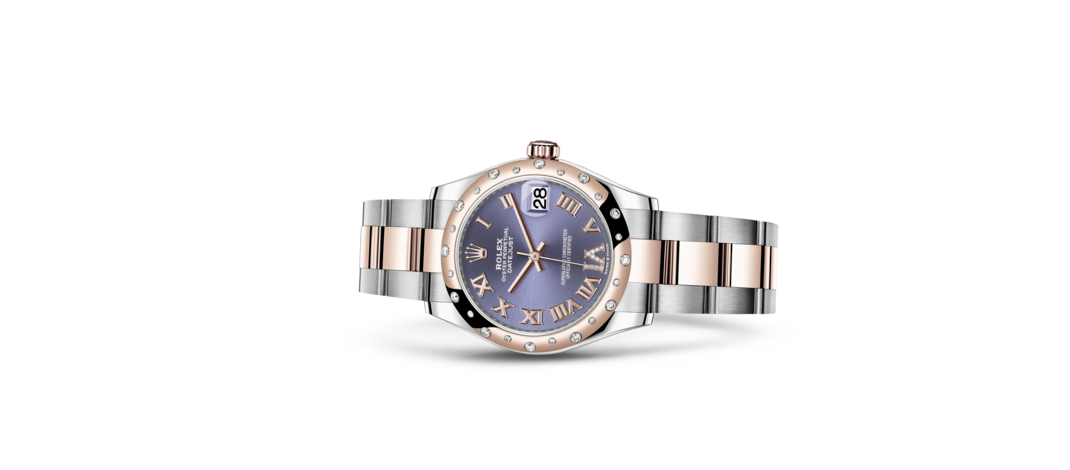The clockmakers' four
Did you ever noticed how the 4 is written on roman number dials of your watches?
The formula is not the traditional one, learnt at school: “IV” (meaning 1 less than 5). On the dial four sticks appear in the sign “IIII”.
This specific clockmaking grammar may come from many reasons.
Firstly, there is an aesthetic reason, coming from the need to balance the graphic of the dial. In this way, the opposite signs of “IIII” and “VIII” are both composed of four elements. The “IV” indication for the four would be unaesthetic and difficult to read, since it is upside-down.
There is maybe also an historical reason. Romans did not have the rule of addition and subtraction in building the numbers: the symbols could only be added one to the other. The four and the nine, at the Roman age, were written as “IIII” and “VIIII”. The subtraction rule in writing numbers only appeared in Middle Age. Moreover, Romans could not write “IV” because those are the initial letter of the god IVPITER.
There is also a social explanation. When sundials appeared, writing the four with four signs (“IIII”) helped the poor people without education in counting the hours.
Finally, the economical reason. Writing “IIII” helped the optimization of the index production. With the indication “IIII”, the total of symbols to produce was: I+II+III+IIII+V+VI+VII+VIII+IX+X+XI+XII = 20 “I”, 4 “V” and 4 “X”. Distributing this elements on four metal casting for a single plate with one “X”, one “V” and five “I” you could get all the needed symbols without wastes. The correct formula for the four (I+II+III+IV+V+VI+VII+VIII+IX+X+XI+XII) needs 17 “I”, 5 “V” and 4 “X”.
There is also an anecdote, which tells that Charles V, on 1364, reprimanded a clockmaker who wrote “IV” on a tower clock. The clockmaker, Enrico De Vick, stood up for himself explaining the subtractive theory of roman number, but the King answered “I am never wrong”, and the “IV” had to become “IIII”.































